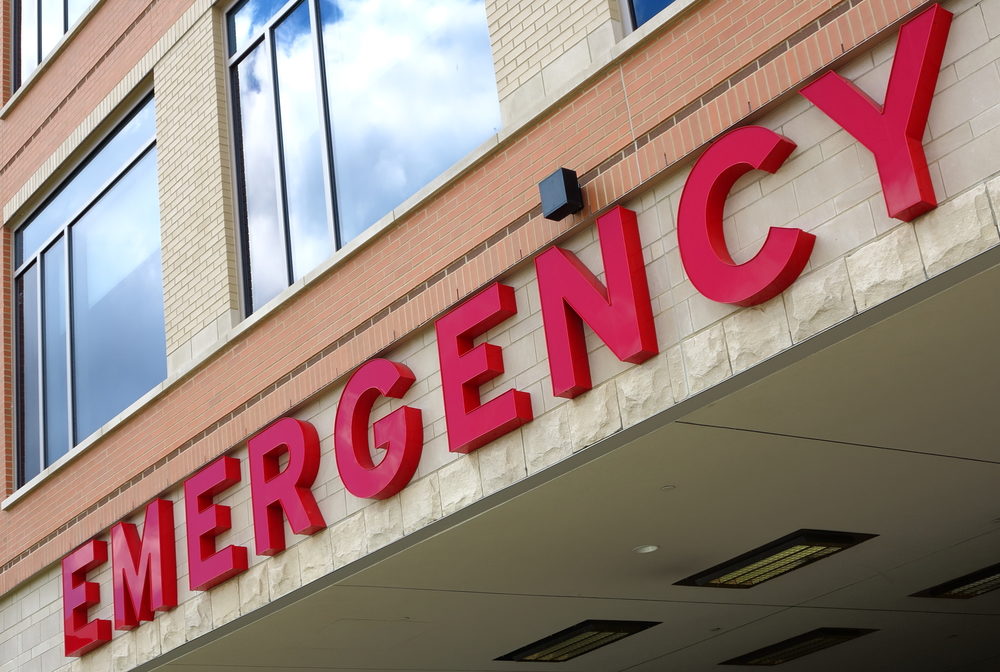Pedestrian Traffic Deaths Surged In 2020, Despite Reduction In Travel Due To Pandemic: Report

A comprehensive review of crash fatality data reveals that deaths from pedestrian accidents soared in 2020, despite a significant decrease in the national average of vehicle miles traveled during lockdowns and “stay-at-home” orders amid the COVID-19 pandemic.
In its finalized pedestrian fatality report for 2020, the Governors Highway Safety Association (GHSA) found an increase of 4.8%, or 309 additional pedestrian deaths in 2020 compared with 2019, largely contributing the spike in fatalities to speeding and riskier driving behaviors due to less cars on roadways.
According to the report, 2,957 pedestrians were killed in motor vehicle accidents from January through June 2020, while 2,951 were killed during the same period in 2019. After a review of the entire 2020 calendar year, GHSA indicates a total of 6,721 pedestrians were killed on U.S. roads, up from 6,412 fatalities in 2019.

Did You Know?
Millions of Philips CPAP Machines Recalled
Philips DreamStation, CPAP and BiPAP machines sold in recent years may pose a risk of cancer, lung damage and other injuries.
Learn MoreWhile pedestrian traffic deaths have been on the rise in recent years, with 2019 having the highest number of pedestrian deaths recorded in more than three decades, GHSA noted the 2020 calendar year not only saw more pedestrian fatalities but also experienced a 16.5% reduction in vehicle miles traveled (VMT) nationwide during the first half, due to the pandemic.
Researchers found that for year-over-year comparisons, pedestrian deaths from traffic accidents increased by 4.8% in 2020, and projects the U.S. pedestrian fatality rate per billion vehicle miles traveled jumped to 2.3 deaths, which is an unprecedented 21% increase from 1.9 in 2019.
A number of contributing factors may be causing the rise in deaths among pedestrian, including the need for safer road crossings, unsafe driving behaviors, the increased presence of sport utility vehicles (SUVs) and the tremendous growth of smartphone use, which is a significant source of distracted driving.
The number of SUV involved pedestrian fatalities skyrocketed by 79% over the course of the study, which supports past research indicating the higher setting front ends of SUVs commonly causes increased trauma to a pedestrian when struck, decreasing the odds of survival following an impact even at lower speeds.
Researchers also found an 87% increase in pedestrian traffic deaths occurring during the weekday evening and nighttime hours between 4:00pm and 11:00pm, which could be attributed to the steadily increasing number people electing to walk to and from work, and for personal errands.
The rising rate of fatal car accidents has become a major focus of the National Transportation Safety Board (NTSB). It released a series of safety recommendations in September 2018, calling for the National Highway Traffic Safety Administration (NHTSA), Centers for Disease Control and Prevention (CDC) and the Federal Highway Administration (FHA) to collaborate on efforts to produce better standards to will protect pedestrians.
The report specifically calls on federal highway safety officials to pursue changes to road crossing infrastructure to make pedestrians more visible through better lighting and other strategies.
In September 2020, the NHTSA launched the first ever National Pedestrian Safety Month campaign, in which members of the members of the FHA, the GHSA, and members of the State and Local Program Director for America Walks gathered to discuss possible causes for increasing pedestrian fatality rates and identify policy, roadway design ideas and technology that could reduce the rate of vehicle collisions with pedestrians.
Get more articles like this sent directly to your inbox.
"*" indicates required fields




0 Comments